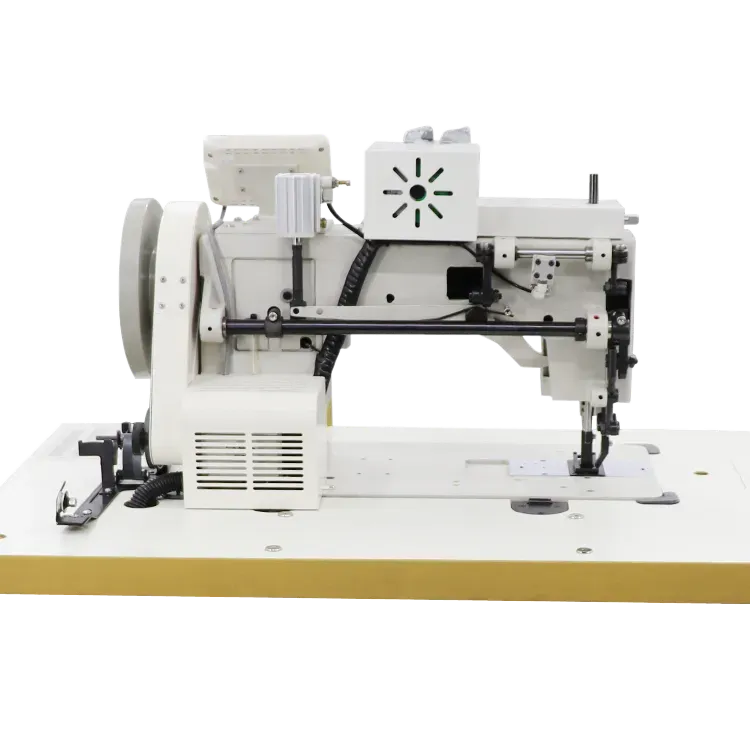what is the difference between a serger and overlock machine
When it comes to sewing, two machines often cause confusion among crafters the serger and the overlock machine. While the terms are sometimes used interchangeably, there are nuances that set them apart. Understanding these differences can help you make an informed decision based on your sewing needs.
A serger is a specialized sewing machine that uses multiple threads to create a unique stitch that finishes the edges of fabric. This machine is ideal for producing professional-quality seams quickly and efficiently. It can trim, sew, and overcast the fabric edges in one motion, which streamlines the sewing process, especially when working with knit fabrics and other materials prone to fraying. Most sergers have a lower looper and an upper looper, allowing them to create a variety of stitch types, including 3-thread and 4-thread configurations.
On the other hand, the term “overlock machine” often refers specifically to a type of stitch used in serging. The overlock stitch is designed to prevent fraying and provide a clean finish to seams, making it an essential feature of sergers. However, not all overlock machines are sergers. For instance, some basic sewing machines can also have an overlock stitch function, but they lack the full capabilities and speed of a serger.
what is the difference between a serger and overlock machine

One key difference between the two machines lies in their versatility. Sergers typically have additional features, such as differential feed, which helps manage various fabric types and ensures even stitching. This is particularly useful when working with stretchy or delicate materials. Many sergers also come with a wide range of presser feet and accessories, enhancing their functionality for various sewing techniques.
Another distinction involves the learning curve. Sergers can be more complex to operate, as they require threading multiple spools and adjusting tensions for different stitch types. Beginners may find standard sewing machines more user-friendly, as they generally have a simpler threading process and require fewer adjustments.
In conclusion, while both sergers and overlock machines serve the purpose of finishing seams, the serger is a more advanced tool designed for speed and versatility in professional sewing. It offers functionalities that go beyond simply overlocking, making it a valuable addition to any serious sewist's toolkit. If your sewing projects involve a lot of knits or require high-quality finishes, investing in a serger may be the way to go.
-
Zigzag Sewing MachineNewsMay.12,2025
-
Single Needle Sewing MachineNewsMay.12,2025
-
Overlock Sewing Machine PriceNewsMay.12,2025
-
Heavy Duty Industrial Sewing MachineNewsMay.12,2025
-
FIBC Sewing MachineNewsMay.12,2025
-
Cylinder Bed Sewing MachineNewsMay.12,2025
-
Revolutionizing Sewing with CNC TechnologyNewsMar.28,2025





























